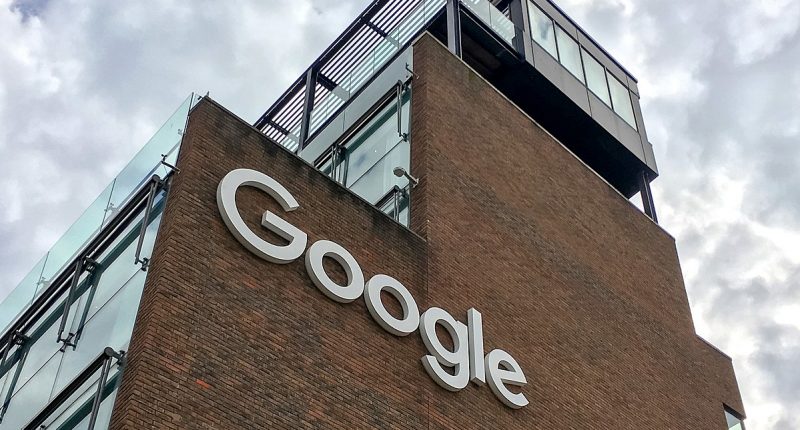In a complete U-turn of sorts, Google has suddenly decided to abandon its plan to disable third-party cookie tracking by default in its Chrome browser. This decision, it says, comes after extensive testing, planning, and numerous delays by the tech behemoth.
Four years ago, Google had announced its plan to phase out support for third-party cookies in Chrome by 2022. Third-party cookies, small pieces of code embedded in web pages, have been fundamental to the digital advertising ecosystem. They allow advertisers to track user behavior across different websites, enabling targeted advertising. Google’s initial objective was to replace these cookies with more privacy-conscious alternatives, hoping to improve user privacy without disrupting the web’s advertising model.
However, the transition proved more complex than anticipated. The initial deadline of 2022 was pushed back multiple times due to feedback from advertisers, publishers, and regulators. By April 2024, the phase-out was postponed again to 2025. The delays were driven by concerns about the impact on the digital advertising industry, especially since these third-party cookies have been integral to the targeted advertising model, allowing advertisers to track user behavior across multiple websites.
With Google’s revised approach, advertisers will need to adapt to a new landscape where user consent becomes a critical factor in data collection. This shift could lead to a decrease in the availability of user data for targeted ads. From a user privacy perspective, Google’s decision to introduce a user-choice prompt represents a significant step towards empowering users. By allowing individuals to make informed decisions about third-party tracking, Google is enhancing user autonomy and transparency. This is in compliance with broader trends in global data privacy regulation, such as the General Data Protection Regulation (GDPR) in Europe, which emphasizes user consent and control over personal data.
Now, marking a revision of its strategy, the company has now decided against disabling third-party cookies by default. Instead, the company will introduce a new feature in Chrome that allows users to make an informed choice about whether to allow third-party cookies. This approach is similar to Apple’s app tracking opt-in, which required users to actively consent to being tracked across apps.
Google’s initial plan to phase out third-party cookies faced significant opposition from various quarters. Competitors, regulators, and privacy advocates raised concerns about potential new privacy risks and the possibility of harming competition. The UK’s Competition and Markets Authority (CMA) has been closely monitoring Google’s actions. In response to the latest developments, the CMA acknowledged Google’s new plan for a user-choice prompt but stated that it would continue to review the implementation to ensure it does not harm competition.
Despite the shift in strategy, Google is not going to give up on its Privacy Sandbox initiative. This initiative aims to create a more privacy-focused web environment while still enabling effective advertising. In January 2024, Google released a whitepaper detailing the results of early tests with Privacy Sandbox technologies. The tests showed promising results for Google Display Ads, with a 97% recovery in return on investment. However, remarketing ads, which target users based on their past interactions, saw only a 55% recovery, indicating challenges in this area. Google’s new strategy includes introducing additional privacy controls in Chrome, such as IP Protection in Incognito mode. This feature will anonymize users’ IP addresses, helping to prevent cross-site tracking. However, it will not be a default setting for Chrome users until at least 2025. The company will also continue to develop and improve Privacy Sandbox technologies
The Tech Portal is published by Blue Box Media Private Limited. Our investors have no influence over our reporting. Read our full Ownership and Funding Disclosure →






